Dr Richard Beeching is a name that will forever be famous – or infamous – in British history.
Dr Beeching was the chairman of the British Railways Board and it was almost 60 years ago that he made a name for himself.
By the early 1960s, our nationalised railway was losing millions of pounds per year. Beeching’s job therefore was to make the railways profitable again. Which of course meant closing down the parts of it that lost money.
Beeching actually published two reports in 1963 and 1965. And they didn’t hold back, in fact, they were brutal. In them Beeching recommended axing around one third of the network, which amounted to a colossal 5,000 miles of track, hundreds of branch lines, and over 2,000 stations.
Tens of thousands of jobs were lost as a result, and of course towns and villages cut off from larger cities, all at a time when car ownership was nothing like it is today. That said, car ownership was on the increase and Britain opened its motorways.
The car was the golden future. Oh, how times have changed, eh?
Roads are busy, many polluted, petrol is extortionate and we’re all trying to go green.
Yes, how times change.
So, how did the Beeching cuts affect Scotland? Let’s take a look…
This is not a definitive list but here’s a few I stumbled across from our neck of the woods… Aberfeldy, Aberlour, Aboyne, Auchnagatt, Ballachulish, Boat of Garten, Buckie, Banchory, Ballater, Banff, Calcots, Cambus O’ May, Carron, Craigellachie, Crathes, Cullen, Culter, Cults, Dufftown – enough, enough!
I had to stop there, I was gobsmacked, and I’ve only made it into the Ds.
When I think of all these local places, I find it rather depressing to know what happened.
Of course, I wasn’t even born when Beeching slashed our railways. If you’re old enough to remember it, I’d love to hear from you, and your stories of journeys on old lines that no longer exist.
TV and film star Michael Palin, who has made numerous documentaries about train travel the world over, called Beeching a villain. Do you share his view?
When on a biking holiday in and around Banchory in the summer, I cycled every day along the old Deeside Way, which was where the old line used to be. It was this experience that prompted me to write this column.
It was sad to think of and see old track still around, all gone quiet decades ago. Yet heart-warming to see that at least a section of it had been reopened by enthusiasts at Crathes.
The original Deeside Railway opened in 1853, and the line was even used by the Royal Family on their way to Balmoral right up until the 1960s. However, this historic line also succumbed to Beeching and closed in 1966.
The Royal Deeside Railway Preservation Society was formed in 2003 and work started on partial restoration. One mile is restored and the aim is to extend it to Banchory.
Milton of Crathes station has also been lovingly restored and special trains once again run on this charming line. See their website for details.
Another fine example of restoration is The Strathspey Railway Company, which was born in 1971. Their dream was to run services once again between Aviemore and Grantown.
Through grit and determination these dedicated volunteers made that dream a reality.
By 1978, steam trains were once again running between Aviemore and the Boat of Garten. By 2002, it had been extended to Broomhill, which is 9 ½ miles of line. They are still working to extend it further.
The trains are sublimely old world, and the stations out of an Agatha Christie novel, see my photo. I can’t recommend enough a visit to the Strathspey Railway. Well done to all involved, your efforts are worth it. I salute you.
Beeching, of course, has been much criticised for decades. And that’s putting it mildly – he’s actually been vilified.
“He decimated our railways!” so goes the charge. And I agree to a large extent, but then again there are always two sides to every story. Because not all agree that the Beeching cuts were as bad as we make out.
For argument’s sake, let’s imagine the following – was what he did actually a necessary evil at the time?
Remember, our railways were largely running at huge losses. Did he in fact make the changes that actually allowed our railways to flourish in the 21st Century?
According to the Network Rail website, our railways had been in decline long before the Beeching report got stuck into them. They were in fact haemorrhaging money, our money, tax payers’ money. And again, on the subject of cars, they did quickly become more affordable and our road network was expanded massively.
So, possibly, without Beeching’s intervention on the railways, as drastic as his actions were, maybe what he did was needed after all, in order for our railways to survive?
It’s even been said that Beeching has become a handy scapegoat for the failings of government and the transport system over many years. Interesting point.
A one-time Network Rail boss said some years back: “Beeching has had a really bad press… the reality is he made the tough decisions that anyone in that position would probably have had to make, the shame was it wasn’t followed on with investment in the subsequent decades after that.”
When I delved into it all, it seems to me that what was not taken into account at the time was people. And by that, I mean the human social interaction benefits of having a railway line.
Precious little thought it seems was given to the human cost of cutting off entire communities. Then again, you may point out that that’s all very well, but if the line is losing untold sums of taxpayers’ money, what’s the point in keeping it open?
Hindsight is a wonderful thing, so it would be very unfair to say that with regard to our current concern with the environment that Beeching made the wrong call back in the 1960s, as Beeching could never have imagined our modern world where our governments are scrambling around to reduce carbon and get cars off the road.
All that said, never in my opinion has there been a better time for massive investment in our railways.
I know that I, for one, would use our railways a lot more, if they were expanded, cheaper, and ran on time.
Oh, and how I’d love to take a train from Aberdeen to Ballater…
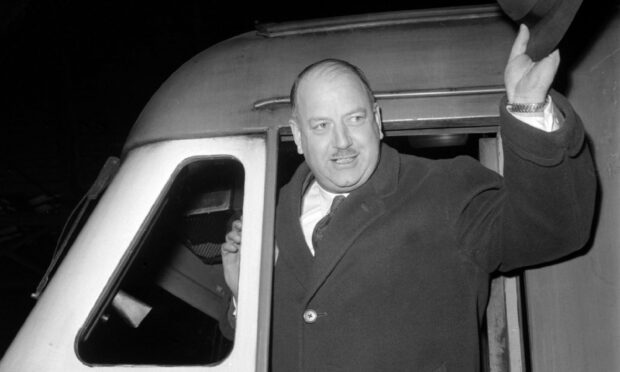

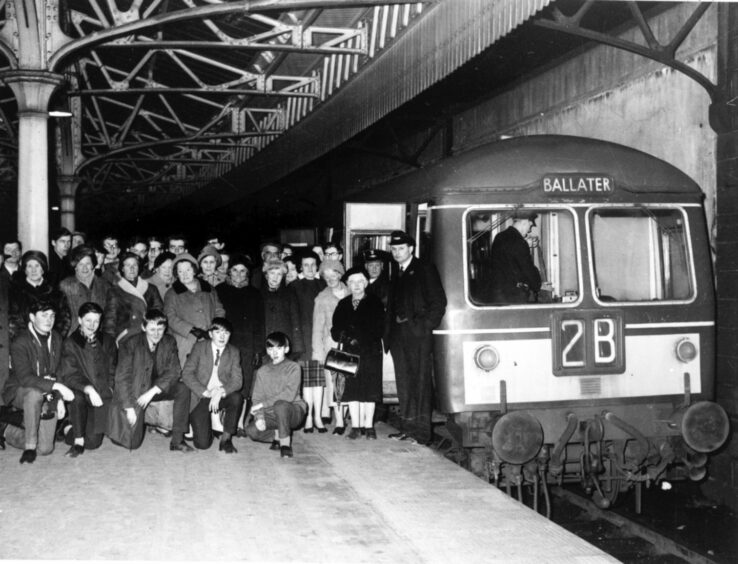

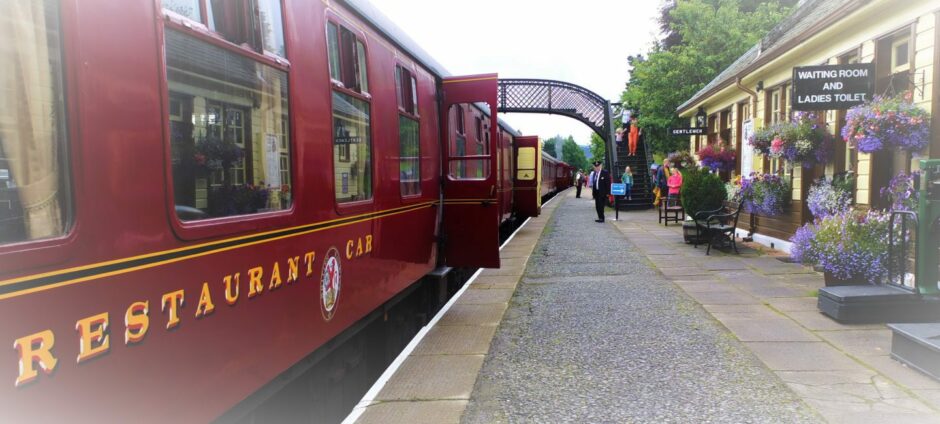

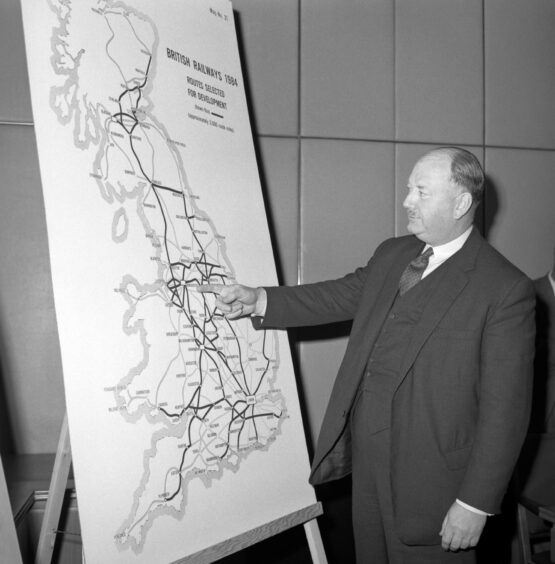
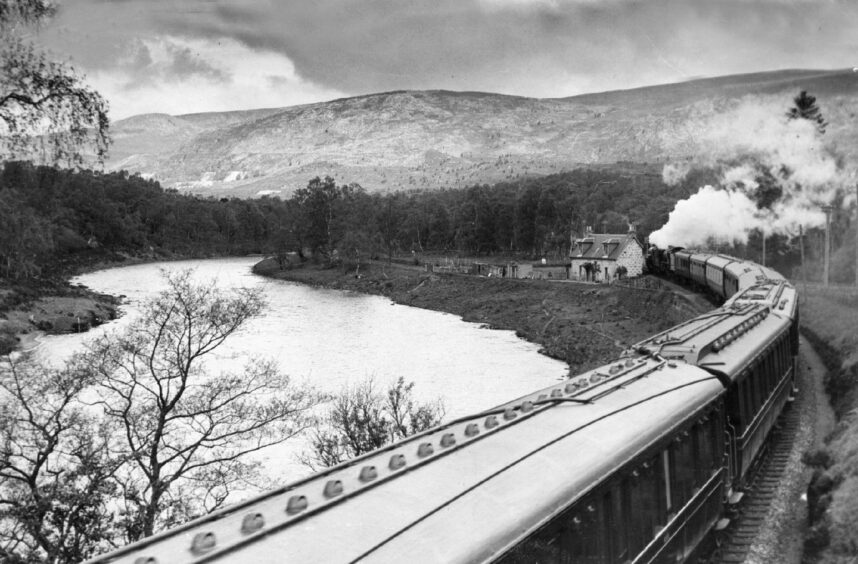
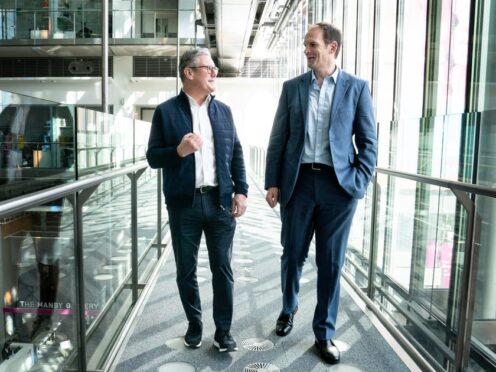



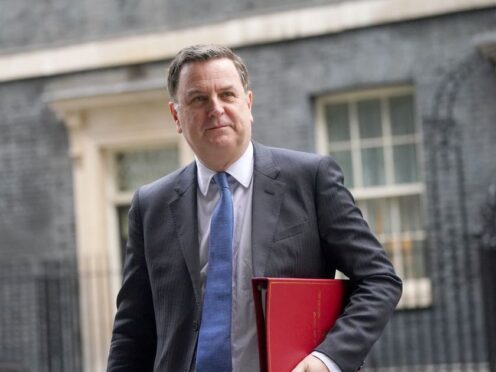


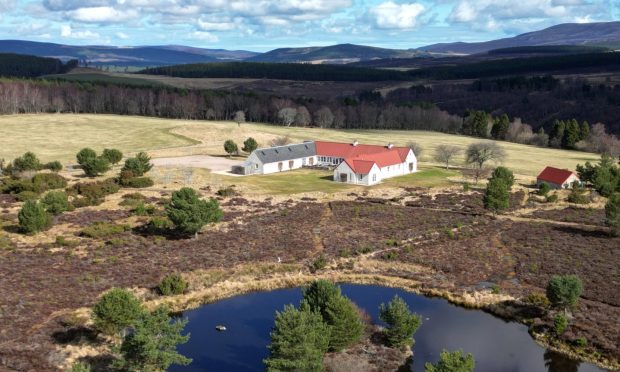

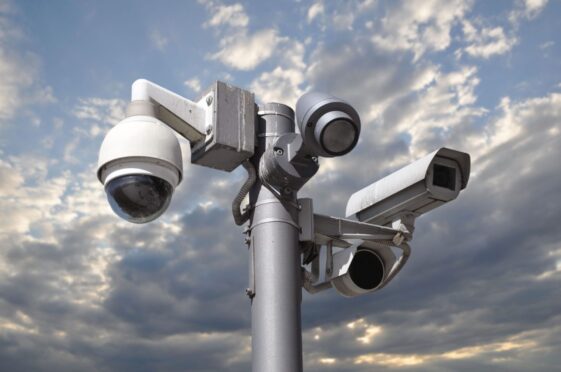
Conversation